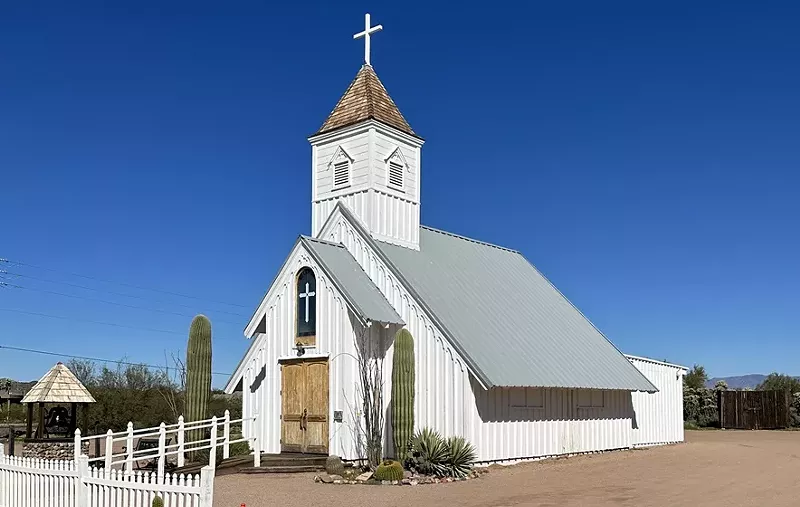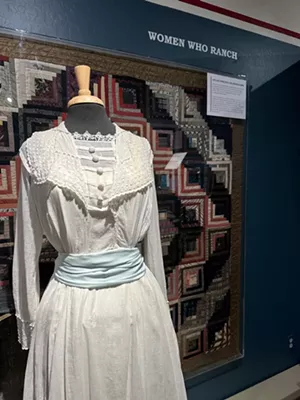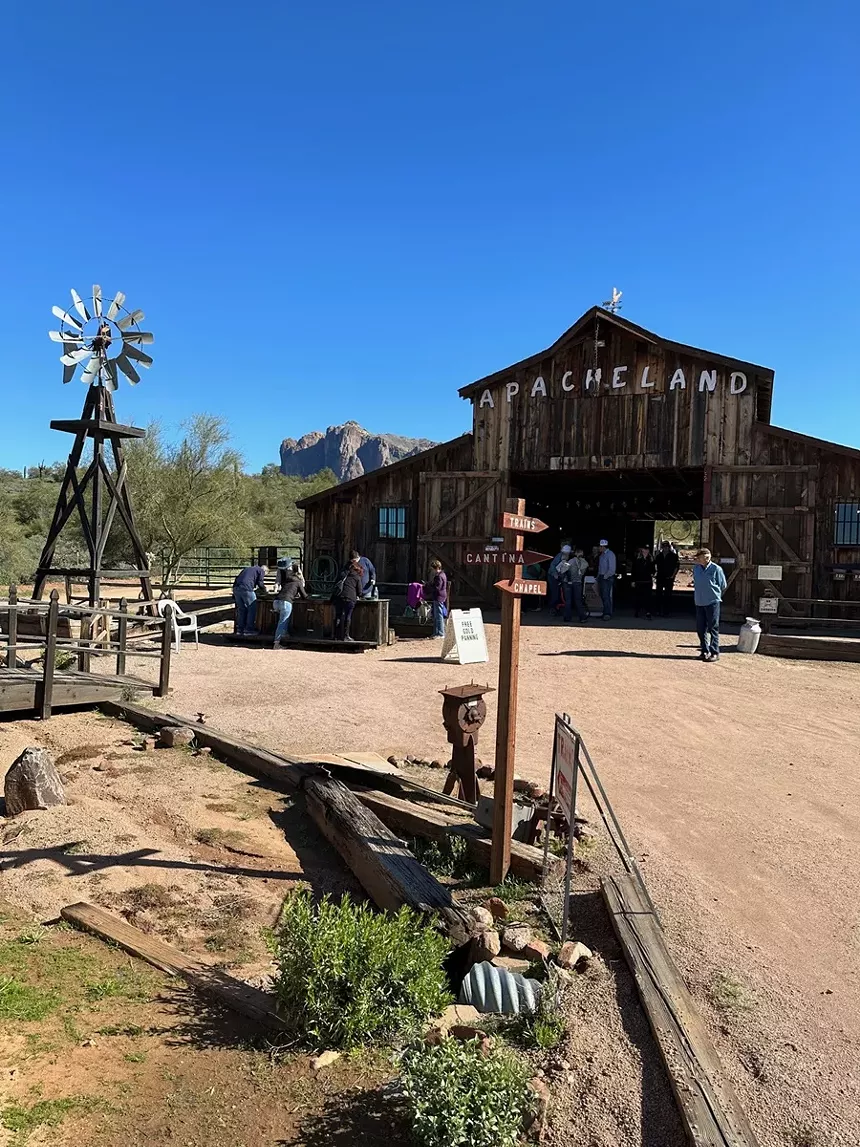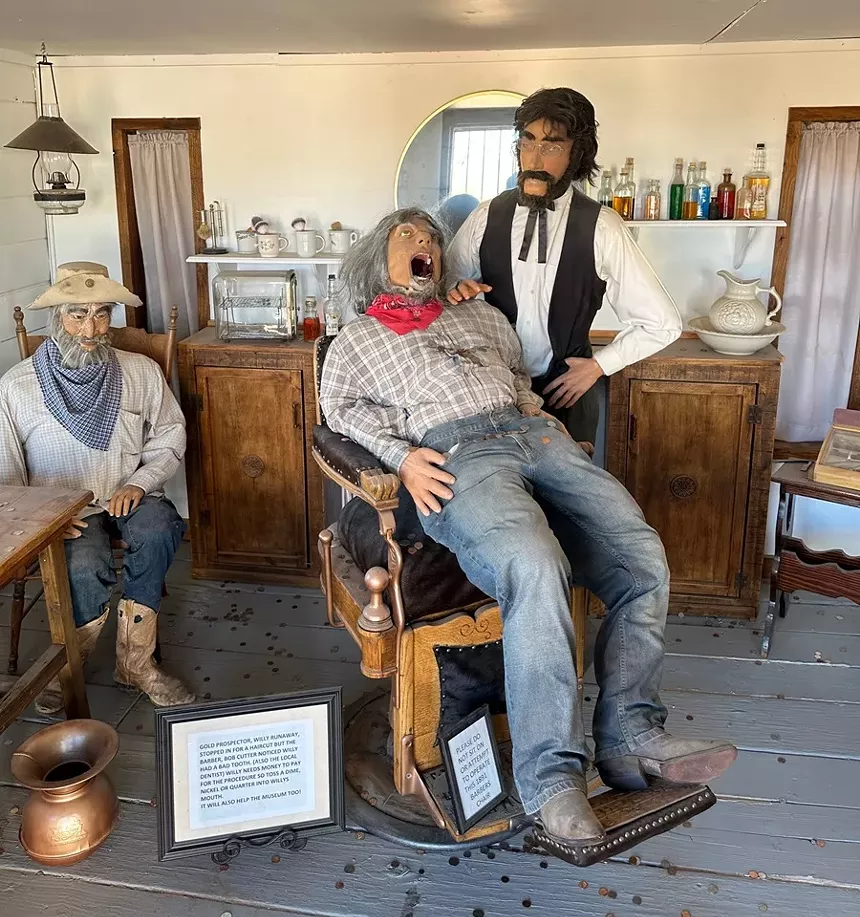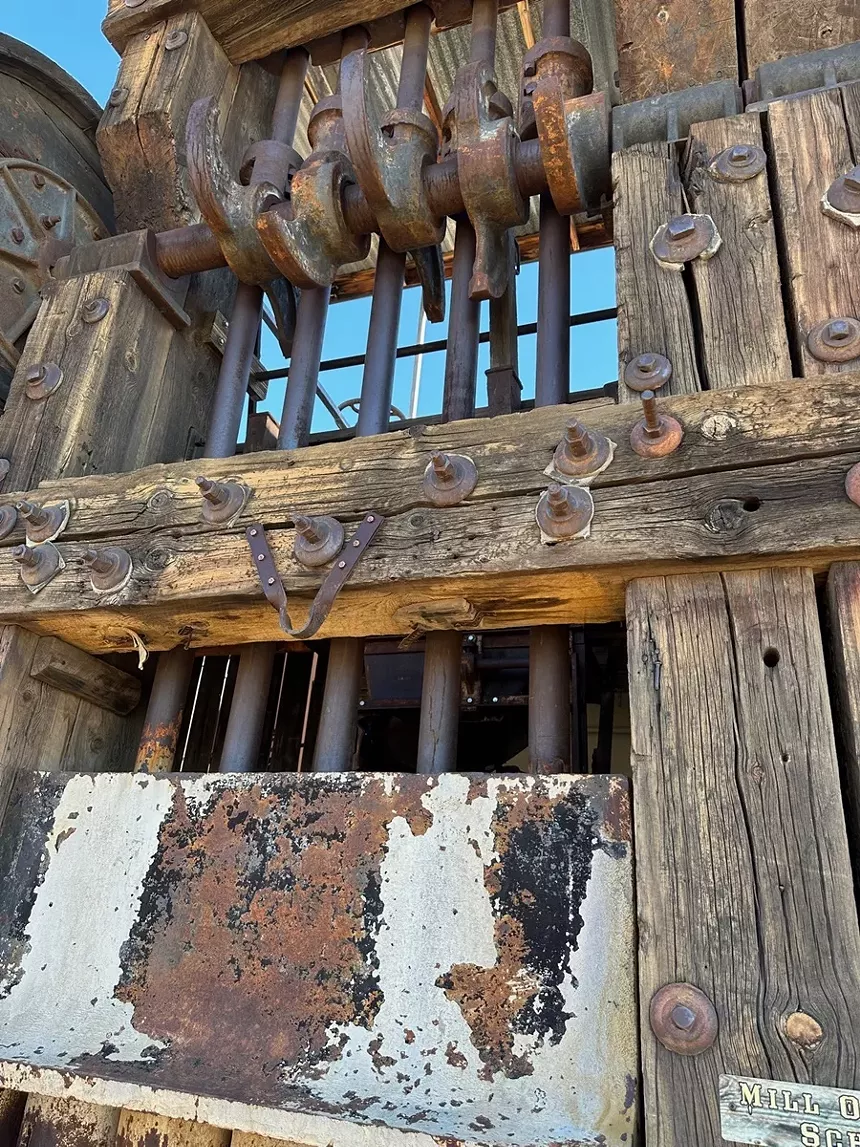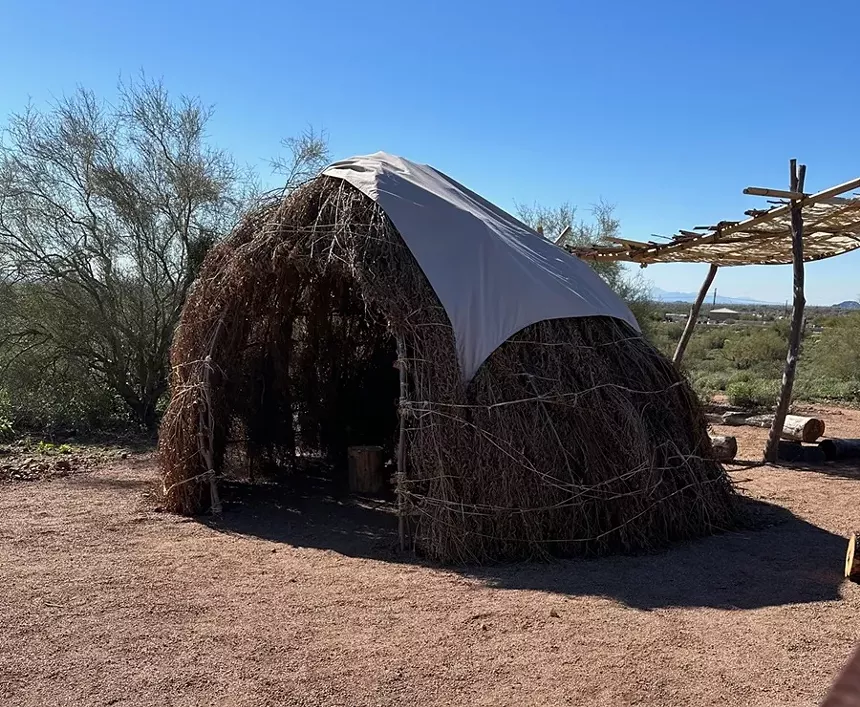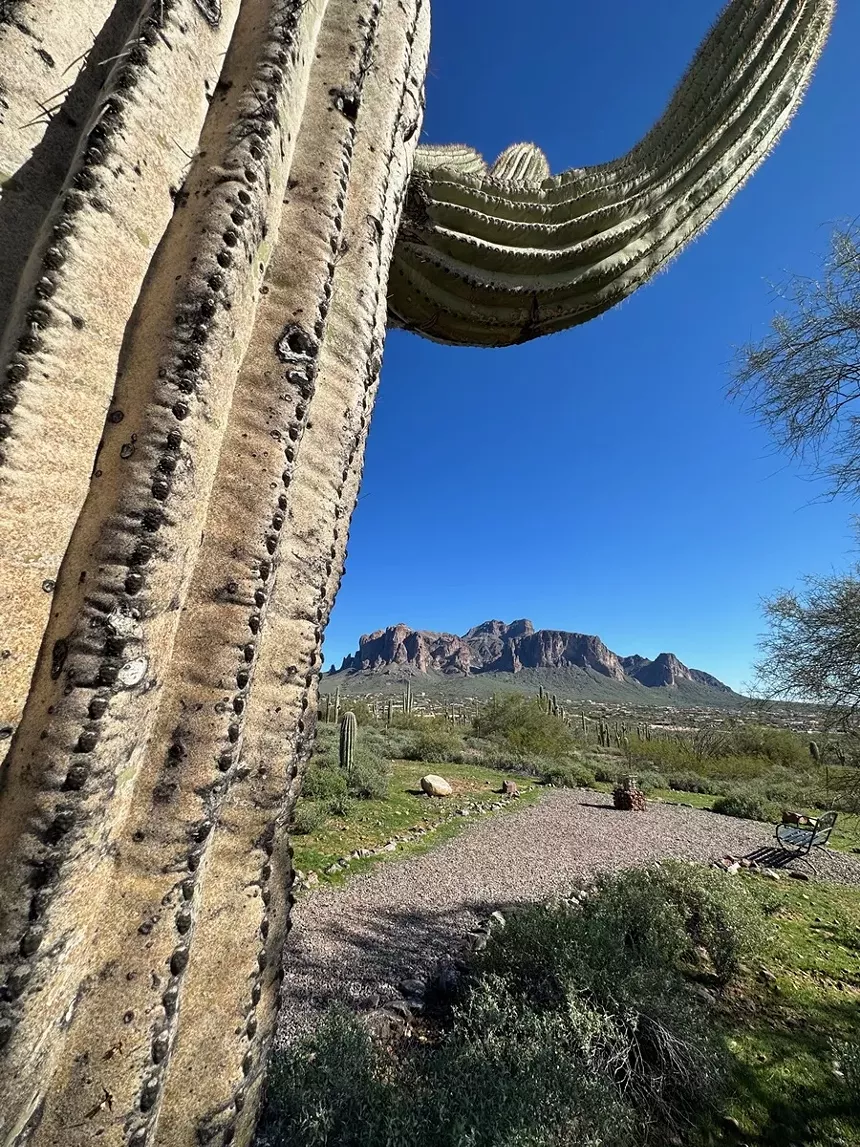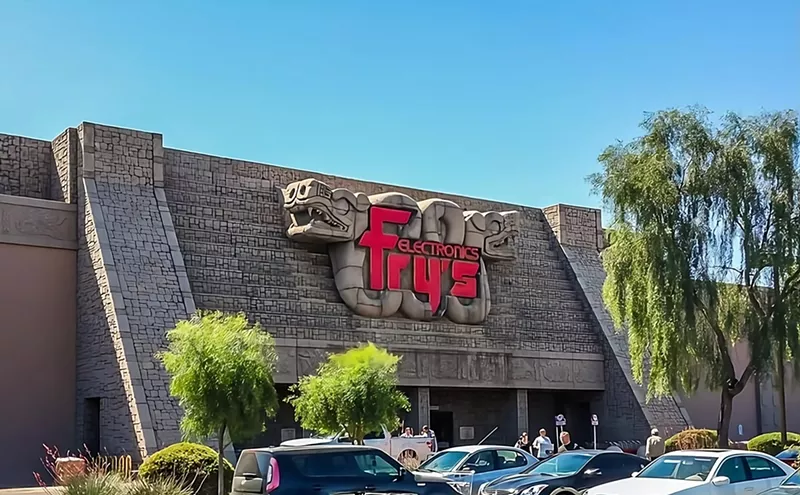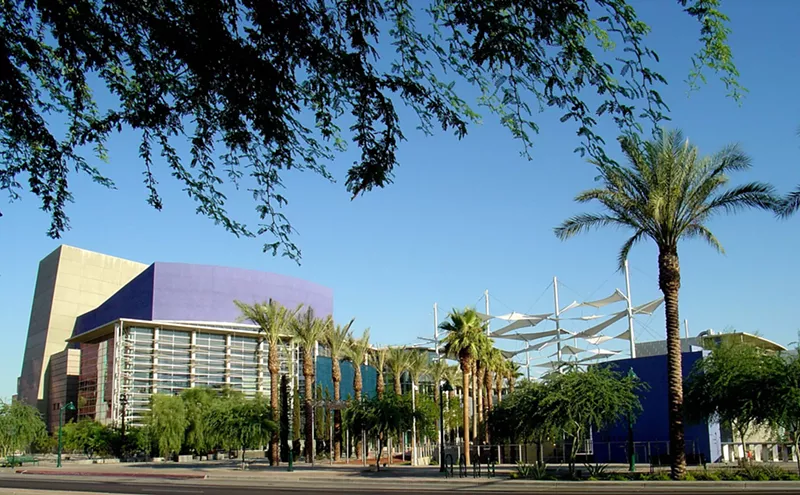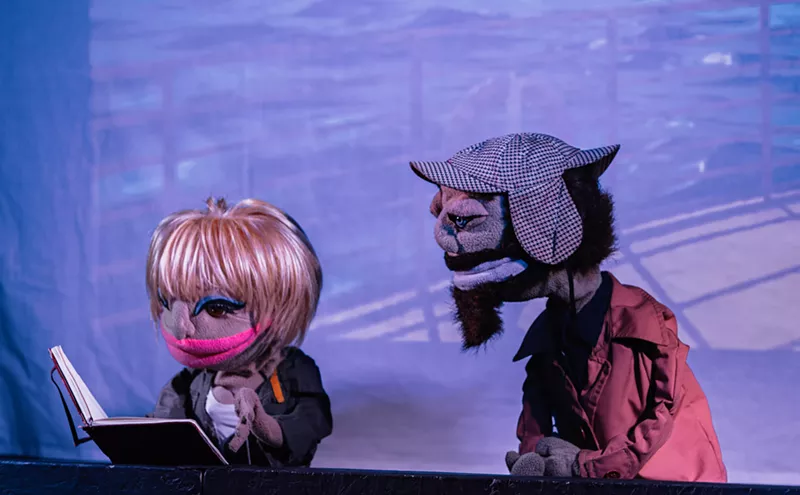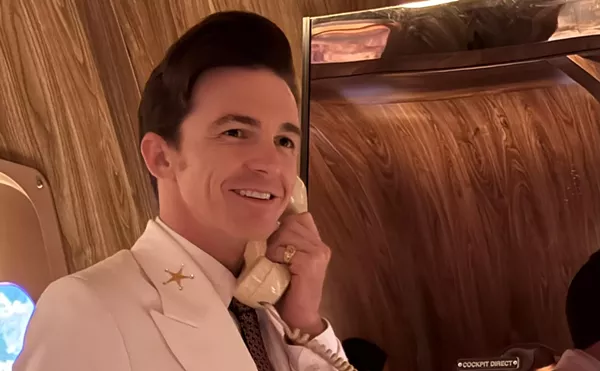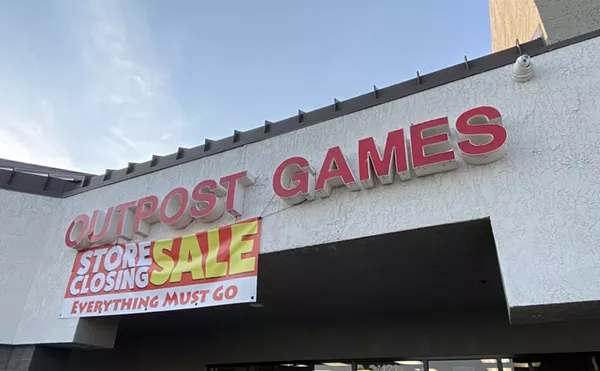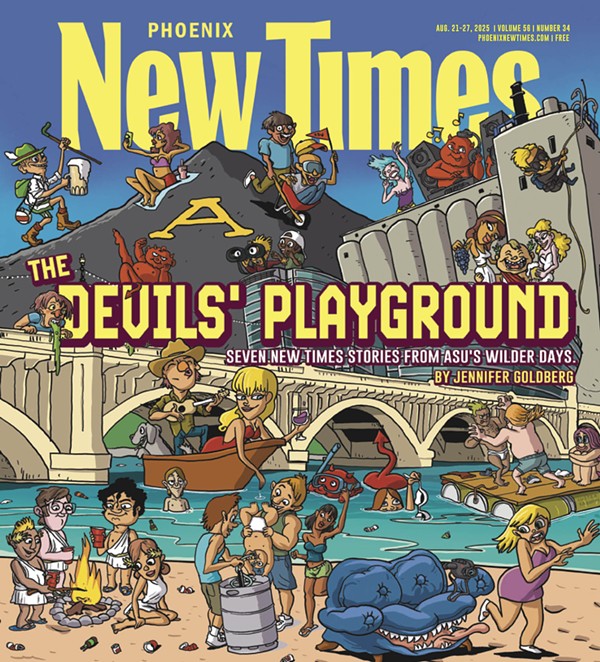In-migration from other states was up 1.3 percent from July 2021 to July 2022, making Arizona a top-five destination.These are the people who are most likely moving to the state for its great winter weather, or because their pocketbook is better suited to buy a new home here rather than on the pricier California coast. First-timers are in awe of the great mountainous skylines and shadows they cast. They see the widespread desert landscape and gawk at how lovely the saguaro cacti are amid the unobstructed arid sprawl.
Beneath all that visual serotonin-inducing beauty, there lies many years of history. And sooner or later, once they settle in, the curiosity of all the mystery, all the intrigue, and all the money gets to them. They have questions, and that’s when they start searching for answers.
But who needs to be inside a large stuffy building looking through glass cabinetry protecting well-worn artifacts, or walking through the aisles peering at mannequins dressed in period garb to get them? Although the Superstition Mountain and Lost Dutchman Museum does have an indoor museum and gift shop, there is a larger, more immersive world just outside its doorstep. Suddenly, it’s as if you have walked through a time portal into a living diorama of Arizona’s past.
“Tens of thousands visit,” David Raring of the Superstition Mountain Historical Society tells Phoenix New Times about annual guests. “At least 20,000 pay or have free passes for the museum gallery.”
Arriving at the Superstition Mountain and Lost Dutchman Museum is easy enough. Just off Apache Trail, a.k.a. Highway 88, a long stretch of road leads to Roosevelt Lake. It is pretty much a straight shot from anywhere in the western metro area.
If you are coming from the west, the splendor of Superstition Mountain approaches but the steeple of the “Elvis chapel” is probably the first man-made landmark you see. Turn into the gravel lot to park.
Gift Shop and Museum
The small gift shop provides everything from snacks to refreshments to literature about Arizona and the area. It is easy to get lost in the ephemera and souvenirs. Purchase a ticket to the indoor portion of the Superstition Mountain Museum from one of the friendly cashiers. Grab a paper guide and head through the gallery doors to traverse the many rows of exhibits recovered from the past.The Old West wasn’t just a place for gunfights and saloon girls. There was work to be done, hard work, and that usually meant doing it from inside or outside a mine. Women took care of the home and men stuck to managing the business of ore.
The museum looks at every aspect of that system right down to the attire and tools needed for both. Some believe it’s a white man’s story, but that would be mismanaging history.
Indigenous people and immigrants from Spain and Mexico also have roots in the area. Members of each community have made their own footprints on the Superstition Mountains, whether it involved cattle driving, trapping, or mining for gold or other precious minerals.
The area is built around folklore and legends regarding gold, namely the Lost Dutchman mine, an evasive treasure some have died trying to find. The museum offers what is believed to be a map of its location through a series of engravings on what are called the Peralta Stones.
When asked if he believes there is buried treasure worth millions hidden within the mountains, Raring gives a very simple answer — “Yes.”
Courtyard/Amphitheater
Once you have finished touring the indoor museum and gift shop, the real history begins outside, starting with a spectacular view of the Superstition Mountains that loom in the distance but are close enough to see some of their base trails.Plenty of photo ops are available in the courtyard. You might even get a chance to meet Teton Ken, nee Ken Eddy, and his burro Mary. Ken often portrays the great Jacob Waltz, a legendary prospector who, according to legend, knew where the Lost Dutchman vein of gold was hidden. But that secret died with him. It’s like a story from the silver screen. This brings us to the next outdoor attraction.
Apacheland
Off to the left of the gift shop and museum stands a tall white church. It’s not a real one, not in the traditional sense. Hollywood came calling to the area in 1959. Westerns were a popular TV pastime, and that soon led to movies. The Apacheland Movie Ranch was developed by Nat Winecoff, a Disney Imagineer. The set, which originally stood in nearby Gold Canyon, was supposed to be “the Western Movie Capital of the World.” Although that moniker never materialized, Hollywood still utilized the setting for location shoots. Perhaps the most famous person to make his mark there was Elvis Presley, for his 1969 movie “Charro!”Sadly, that same year, a lot of the set burned to the ground. It was rebuilt, but in 2004 another fire destroyed it. The church and a huge barn were saved and moved to Superstition Mountain Museum.
To the right of the church, and just before heading into the barn filled with movie props and memorabilia, there is an old Wells Fargo office, jail, and barbershop with perhaps one of the scariest mannequins you will ever see. That's where visitors can toss a coin into its mouth as a donation to the museum.
G-Scale Model Railroad
After the Wells Fargo exhibit and past the Apacheland barn, there's an entire town made in miniature. This spectacular moving diorama took three years to build. Steam locomotives pulling over 40 cars pass through realistic toy-sized towns. If you squint just right, it looks so realistic you'll feel like a kaiju. But don’t let intrusive thoughts get the better of you. Before acting upon an urge to play Godzilla, there are plenty of museum regulators keeping a watchful eye so nothing gets ruined.Working 20-Stamp Ore Mill
From feeling like a giant to feeling tiny, make your way slightly uphill and stand in front of the enormous 20-stamp ore mill. This huge machine still works, and there are a few demonstrations throughout the day depending on the season. The wooden monster is a transplant from Bland, New Mexico, and rises 7,500 feet above the ground. It was used to crush tons of rock to get to the precious metal hidden inside.Nature Trail
After your visit to the mill, take a winding stroll up to the tip of the property and stand beneath the Superstition Mountains. The view is spectacular as the desert floor spreads out before you and into the shadow of the majestic mountains.Going back down the trail, it veers off to the left, where there's an outdoor exhibit of two authentic Apache homes called Wickiups. The Apache have held great reverence toward the Superstition Mountains for hundreds of years.
Heading further down the trail there's a mining car exhibit and, after that, the Boot Hill cemetery, signifying the end of the journey. That goes for self-guided tourists also as the gift shop lies just steps ahead, their impetuous curiosity hopefully pacified.
If anything, the Superstition Mountain and Lost Dutchman Museum only scratches the surface of Arizona’s history. The focus is more on the idea of attaining wealth and how people lived to ride that gravy train. They did it by breaking their backs in the mines or serving the people who did. With so much to potentially gain, everyone did their part, even if that meant keeping the folklore alive.
Still, the sentinels of the valley known as the Superstition Mountains remain unchanged. They have watched people come and go for centuries, and they know the truth. Remember that when visiting the museum because in all their unattenuated grandeur, they are watching you, too.
Superstition Mountain and Lost Dutchman Museum
Address: 4087 East Apache Trail, Apache Junction.Hours of operation are seasonal: In-season is October through April; Tuesday through Sunday, 9 a.m. to 4 p.m.
Summer hours: May through September; Wednesday through Sunday, 9 a.m. to 3 p.m.
Tickets: Adults, $7; seniors, $6; students 11-17, $4; children 10 and under, free with a paid adult. Museum members are free.
Phone: 480-983-4888

